Home>Articles>What Type Of Circuits Are GFCI Breakers Typically Used For
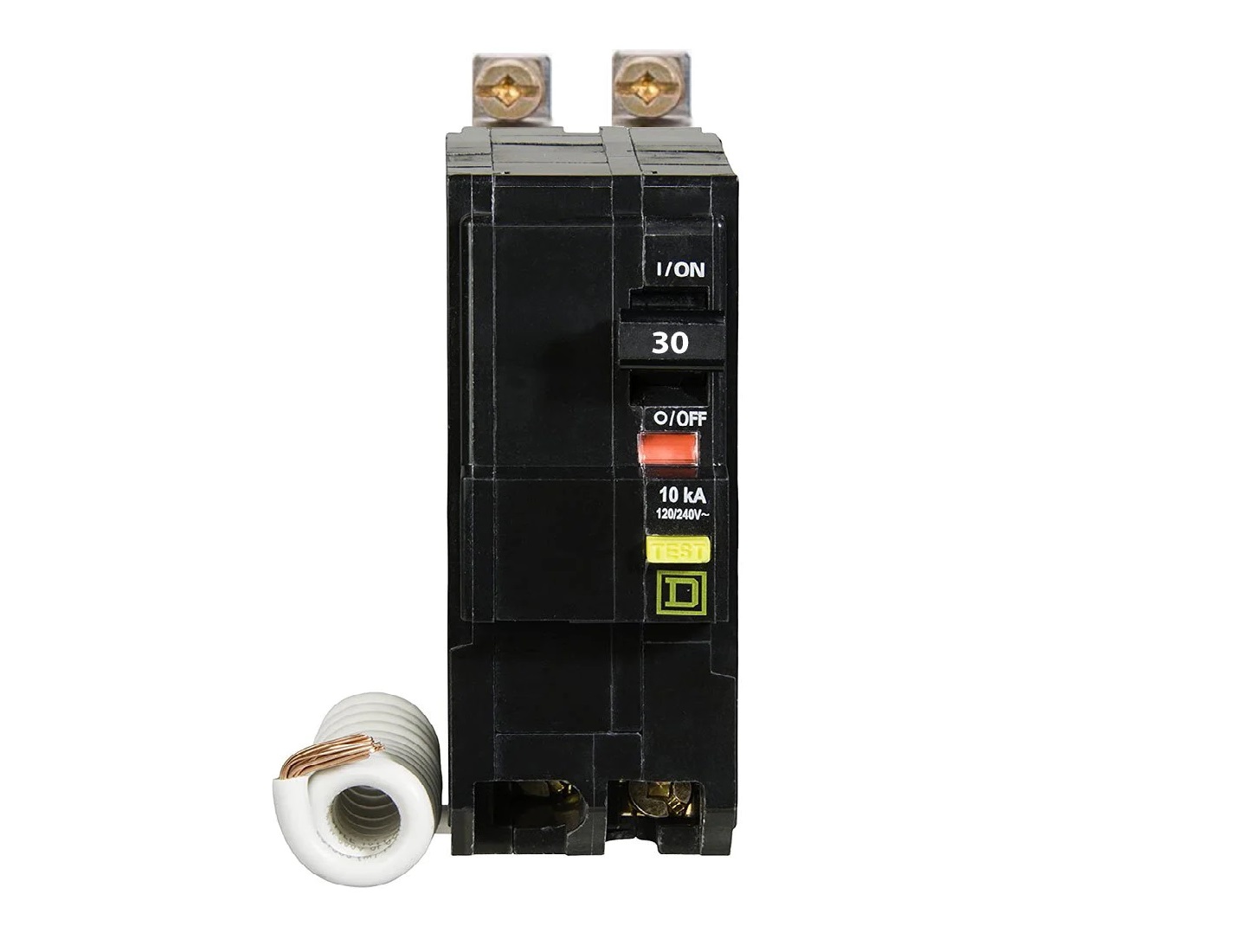

Articles
What Type Of Circuits Are GFCI Breakers Typically Used For
Modified: January 7, 2024
Discover the article on GFCI breakers and their typical usage for various circuits. Gain valuable insights and knowledge about these essential electrical components.
(Many of the links in this article redirect to a specific reviewed product. Your purchase of these products through affiliate links helps to generate commission for Storables.com, at no extra cost. Learn more)
Types of Circuits Typically Protected by GFCI Breakers
GFCI (Ground Fault Circuit Interrupter) breakers are an essential component of electrical systems, providing protection against electrical shocks and fire hazards. These specialized breakers are designed to quickly detect ground faults and trip the circuit to prevent potential accidents. While GFCI breakers can be used in a variety of circuits, they are typically employed in specific areas where water and other external factors increase the risk of electrical hazards. Here are some common types of circuits usually protected by GFCI breakers: 1. Residential Circuits: GFCI breakers are commonly found in homes, where they protect various circuits. They are commonly installed in outlets throughout the house, including bathrooms, kitchens, laundry rooms, basements, and utility areas. This is to ensure the safety of residents by preventing electrical shocks in areas that are exposed to moisture and other potential hazards. 2. Outdoor Circuits: Outdoor electrical circuits, such as those used for outdoor lighting, landscape irrigation systems, and outdoor power outlets, are susceptible to moisture and environmental factors. GFCI breakers are crucial in these circuits as they provide protection against ground faults caused by rain, snow, or the exposure to the elements. 3. Wet and Damp Locations: Areas with a high likelihood of exposure to water, such as swimming pool areas, hot tubs, and spas, require GFCI protection. These locations often have electrical devices and outlets in close proximity to water sources, making them potential areas for electrical accidents. GFCI breakers ensure the safety of individuals by automatically interrupting the circuit in case of a ground fault. 4. Areas with Grounding Hazards: Certain environments, such as construction sites, industrial facilities, and workshops, may have grounding hazards due to the presence of heavy machinery, power tools, and metal structures. GFCI breakers are essential in these areas to protect against electrical shocks caused by accidental contact with live parts or faulty equipment. 5. Workshop and Garage Circuits: Workshops and garages often house equipment that can create a risk of grounding faults, such as power tools, welding machines, and electric vehicle charging stations. Installing GFCI breakers in these circuits helps prevent electrical accidents from occurring. 6. Bathroom and Kitchen Circuits: Due to the high moisture content and the presence of water-related appliances such as showers, sinks, and kitchen appliances, GFCI protection is crucial in these areas. GFCI breakers ensure the safety of individuals by cutting off power in the event of a ground fault. Overall, GFCI breakers play a vital role in protecting both residential and outdoor circuits that are exposed to moisture, water, and other potential hazards. By promptly detecting ground faults and swiftly interrupting the circuit, GFCI breakers significantly reduce the risk of electrical shocks, fires, and other electrical accidents. Installing GFCI breakers in the appropriate circuits is an essential step to ensure the safety and well-being of individuals in both residential and commercial settings. Always consult with a qualified electrician for proper installation and to determine the specific circuits that require GFCI protection.
Types of Circuits Typically Protected by GFCI Breakers
Ground Fault Circuit Interrupter (GFCI) breakers are an integral part of electrical systems, providing essential safety measures to protect against electrical shocks and potential fire hazards. These specialized breakers are designed to detect ground faults and quickly interrupt the circuit to prevent accidents. While GFCI breakers can be used in various types of circuits, they are typically employed in specific areas where the risk of electrical hazards is higher, such as moisture-prone environments.
Understanding the types of circuits that typically require GFCI protection is crucial for both homeowners and electricians. By installing GFCI breakers in the appropriate areas, the risk of electrical accidents can be significantly reduced, promoting a safer and more secure living and working environment.
In this article, we will explore the different types of circuits that are typically protected by GFCI breakers. By gaining knowledge about these circuits, you can ensure that your electrical system is properly safeguarded and compliant with safety regulations.
From residential circuits to outdoor areas, wet and damp locations, and specific environments with grounding hazards, we will delve into the importance of GFCI protection and why it is crucial to employ these breakers in the right places. By highlighting the specific circuits that benefit from GFCI breakers, you will have a better understanding of their significance and the potential risks that they mitigate.
It is important to note that while GFCI breakers serve a vital purpose in protecting against electrical accidents, they should always be installed and maintained by qualified professionals. Electrical work should never be attempted by individuals without the proper training and expertise, as it can lead to dangerous situations. Always consult with a licensed electrician for proper installation and ensure compliance with electrical codes and regulations in your jurisdiction.
With that in mind, let’s dive into the various types of circuits that are typically protected by GFCI breakers, and explore why they are essential for a safe and secure electrical system.
What is a GFCI Breaker?
A Ground Fault Circuit Interrupter (GFCI) breaker is a specialized electrical device that helps protect against electrical shocks and potential fire hazards. It is designed to quickly detect ground faults, which occur when the electrical current deviates from its intended path and flows through an unintended conductor, such as a person or water. When a ground fault is detected, the GFCI breaker trips or interrupts the circuit, preventing further electrical flow and potential harm.
GFCI breakers are an essential safety feature in electrical systems, particularly in areas where there is a higher risk of electrical accidents, such as those exposed to moisture or grounded hazards. Unlike standard circuit breakers that are designed to protect against overloads and short circuits, GFCI breakers specifically target ground faults, which can lead to severe electric shocks and even electrocution.
So how does a GFCI breaker work? Inside the breaker, there is a current transformer that continuously monitors the flow of electricity through the circuit. It compares the current entering the circuit to the current returning from the circuit, expecting an equal amount of current. If there is any discrepancy, as would occur during a ground fault, the GFCI breaker reacts swiftly to interrupt the circuit within milliseconds.
There are several key components within a GFCI breaker that facilitate its operation:
- Sensing Device: The sensing device continuously monitors the current flow within the circuit and detects any variations that indicate a ground fault.
- Control Circuit: The control circuit is responsible for tripping or interrupting the circuit once a ground fault is detected. It sends a signal to the breaker to open the circuit, stopping the flow of electricity.
- Test Button: GFCI breakers typically have a test button that allows periodic testing of their functionality. Pressing the test button simulates a ground fault and should trigger the breaker to trip. Regular testing is important to ensure that the GFCI breaker is working correctly.
- Reset Button: After a ground fault is detected and the circuit is interrupted, the GFCI breaker needs to be manually reset. This is typically done by pressing the reset button on the breaker. Once reset, power can be restored to the circuit.
GFCI breakers offer an extra layer of protection compared to standard circuit breakers, particularly in areas where there is an increased risk of electrical accidents. They are commonly used in residential settings, outdoor areas, wet locations, and environments with grounding hazards. By promptly detecting ground faults and interrupting the circuit, GFCI breakers significantly reduce the risk of electrical shocks and other accidents, promoting electrical safety and peace of mind.
It is important to note that GFCI breakers should be installed and maintained by qualified electricians. They should also be periodically tested to ensure their proper functionality. Always consult with a licensed professional for the installation and maintenance of GFCI breakers in your electrical system.
Importance of GFCI Breakers
GFCI (Ground Fault Circuit Interrupter) breakers play a critical role in electrical safety by providing protection against electrical shocks, fires, and other potential hazards. Their importance cannot be overstated, especially in areas where water and electrical components coexist, such as bathrooms, kitchens, outdoor spaces, and industrial settings. Understanding the significance of GFCI breakers and their benefits is crucial for homeowners, electricians, and anyone involved in electrical installations.
So why are GFCI breakers important?
1. Protection Against Electrical Shocks: GFCI breakers are specifically designed to quickly detect ground faults, which can occur when electrical current diverts from its intended path and flows through unintended conductors, such as a person or water. By promptly interrupting the circuit upon detecting a ground fault, GFCI breakers prevent severe electrical shocks and potential electrocution. This protection is vital in areas where there is a high risk of coming into contact with water or wet conditions.
2. Prevention of Fire Hazards: Ground faults can generate excessive heat and lead to electrical fires. GFCI breakers mitigate this risk by cutting off the electrical flow as soon as a ground fault is detected. By interrupting the circuit, GFCI breakers prevent overheating and reduce the risk of electrical fires, providing peace of mind and ensuring the safety of occupants.
3. Compliance with Electrical Codes and Regulations: GFCI breakers are required by electrical codes and regulations in many jurisdictions, especially in specific areas where electrical systems are prone to be in contact with water. Compliance with these codes is essential to ensure the safety of individuals and to meet legal requirements. Failure to install GFCI breakers in the appropriate locations can result in costly fines and compromise the safety of occupants.
4. Protection in Wet and Damp Locations: GFCI breakers are essential in areas exposed to water or damp conditions, such as bathrooms, kitchens, laundry rooms, and outdoor spaces. These breakers provide an added layer of safety by detecting ground faults caused by accidental contact with water or moisture. By promptly interrupting the circuit, GFCI breakers help prevent electrical shocks and accidents in these vulnerable areas.
5. Enhanced Electrical Safety for Outdoor Areas: Outdoor spaces, such as gardens, patios, and decks, are often exposed to the elements and can be at greater risk of electrical accidents. GFCI breakers are crucial in protecting outdoor circuits, including outlets and lighting systems, by detecting ground faults caused by rain, snow, or other environmental factors. This added protection helps create a safe outdoor environment for both residents and visitors.
6. Protection in Industrial and Hazardous Environments: GFCI breakers are also important in industrial settings, workshops, and environments with grounding hazards. These areas often involve heavy machinery, power tools, and metal structures, which increases the risk of electrical accidents. GFCI breakers provide essential protection by interrupting the circuit in the event of a ground fault, ensuring the safety of workers and preventing potential injuries.
Overall, the importance of GFCI breakers cannot be overlooked. They provide vital protection against electrical shocks, fires, and potential hazards in areas where water and electrical components are in close proximity. By promptly detecting ground faults and interrupting the circuit, GFCI breakers significantly reduce the risk of electrical accidents, promote electrical safety compliance, and provide peace of mind for homeowners and occupants.
It is crucial to consult with a qualified electrician for the proper installation, maintenance, and testing of GFCI breakers to ensure their optimum functionality. Regular testing of GFCI breakers is also recommended to ensure they are operating effectively and providing the necessary protection against ground faults.
Residential Circuits
Residential circuits are among the most common areas where GFCI breakers are installed, ensuring the safety of homeowners and occupants. In residential settings, GFCI protection is typically required in specific areas where there is an increased risk of electrical hazards due to the presence of water or moisture.
Bathrooms: GFCI breakers are crucial in bathroom circuits to prevent electrical shocks caused by contact with water. They are typically installed in outlets near sinks, showers, and bathtubs. This added protection ensures the safety of individuals by quickly interrupting the circuit if a ground fault is detected, helping to prevent potential accidents.
Kitchens: Kitchens are another area where GFCI breakers are commonly installed. With numerous water sources, such as sinks, dishwashers, and refrigerators with ice makers, the risk of electrical accidents is higher. GFCI breakers provide essential protection for outlets near water sources, reducing the risk of electrical shocks or potential fires caused by ground faults.
Laundry Rooms: Laundry rooms often contain appliances that use water, such as washing machines and sinks. Installing GFCI breakers in laundry room circuits adds an extra layer of safety by mitigating the risk of electrical accidents due to ground faults. This protection helps prevent potential shocks and fires, ensuring the well-being of occupants.
Basements: Basements are susceptible to moisture and dampness, making GFCI protection necessary for outlets in these areas. With GFCI breakers in place, the risk of electrical shocks in basement circuits is significantly reduced. This is particularly important in finished basements where residents regularly spend time.
Garages: Garages often house power tools, gardening equipment, and other electrical devices that can pose a risk of electrical accidents. GFCI breakers are essential in garage circuits to protect against ground faults and reduce the risk of shocks or fires. This added protection ensures the safety of individuals working in these areas.
Utility Areas: Utility areas, such as utility rooms and crawl spaces, may also require GFCI breakers. These areas may contain water heaters, plumbing equipment, or other electrical components that can potentially create electrical hazards. GFCI breakers provide essential protection in these circuits, preventing accidents caused by ground faults.
By having GFCI breakers installed in residential circuits, homeowners can significantly reduce the risk of electrical accidents, ensuring the safety of themselves and their families. It is important to consult with a qualified electrician for proper installation and ensure compliance with electrical codes and regulations in your jurisdiction. Additionally, regular testing and maintenance of GFCI breakers are recommended to ensure their continued effectiveness in protecting against ground faults.
Read more: When Are GFCI Breakers Required
Outdoor Circuits
Outdoor circuits pose unique challenges when it comes to electrical safety, as they are exposed to the elements and can be prone to moisture and other environmental factors. Installing GFCI breakers in outdoor circuits is crucial to prevent electrical accidents and ensure the safety of individuals using these areas.
Outdoor Lighting: GFCI breakers are commonly used to protect outdoor lighting circuits. These circuits often include landscape lighting, pathway lights, and decorative fixtures. By installing GFCI breakers, the risk of electrical shocks or fires caused by ground faults in outdoor lighting circuits is significantly reduced. This protection helps create a safer environment for residents and visitors.
Outdoor Power Outlets: Outdoor power outlets are another area where GFCI breakers are essential. These outlets are typically used for a variety of purposes, such as powering outdoor tools, electric grills, or holiday decorations. GFCI breakers provide crucial protection against ground faults, reducing the risk of electrical shocks or accidents caused by moisture or hazardous conditions.
Pools and Spas: Pools and spas are high-risk areas when it comes to electrical safety, as they involve water and electrical equipment in close proximity. Installing GFCI breakers in pool and spa circuits is not only required by electrical codes in many jurisdictions but is also crucial for the safety of swimmers and users. GFCI breakers provide swift detection of ground faults, preventing potential electrical shocks and accidents.
Gardens and Irrigation Systems: Gardens and irrigation systems often require electrical power for water features, pumps, or automated watering systems. These circuits are exposed to moisture and can be subject to ground faults. By incorporating GFCI breakers into garden and irrigation circuits, the risk of electrical accidents is significantly reduced, promoting a safer outdoor environment.
Outdoor Entertainment Areas: Outdoor entertainment areas, such as patios and decks, often have electrical outlets for powering speakers, televisions, or other entertainment devices. These areas are exposed to the elements and can be susceptible to moisture or dampness. GFCI breakers help protect against ground faults and enhance electrical safety in outdoor entertainment circuits.
Sheds and Outbuildings: Sheds and outbuildings may have electrical circuits for lighting, power tools, or equipment. These circuits should be equipped with GFCI breakers to ensure protection against ground faults. This added safety measure helps prevent electrical accidents and promotes a safe working environment.
By incorporating GFCI breakers into outdoor circuits, homeowners can significantly reduce the risk of electrical accidents caused by ground faults. It is essential to consult with a qualified electrician for proper installation and to ensure compliance with electrical codes and regulations. Additionally, regular testing and maintenance of GFCI breakers are recommended to ensure their continued effectiveness in protecting against ground faults in outdoor areas.
GFCI breakers are typically used for circuits in areas where water is present, such as kitchens, bathrooms, outdoor outlets, and garages. They provide added protection against electrical shock.
Wet and Damp Locations
Wet and damp locations pose a higher risk of electrical hazards due to the presence of moisture. These areas require special attention when it comes to electrical safety, and GFCI breakers are a crucial component in providing protection against ground faults and potential accidents.
Bathrooms: Bathrooms are one of the primary areas where GFCI breakers are indispensable. With water sources such as sinks, showers, and bathtubs, the risk of electrical shocks is greater. GFCI breakers provide swift detection of ground faults, promptly interrupting the circuit to prevent potential accidents in these moisture-filled environments.
Kitchens: Kitchens are another location where water and electrical components frequently come into close proximity. From sinks to dishwashers and refrigerators with ice makers, moisture is a constant presence in kitchens. GFCI breakers safeguard against ground faults, reducing the risk of electrical shocks or fires caused by wet conditions in these busy areas.
Utility Rooms: Utility rooms, where washing machines, utility sinks, or water heaters are often located, can be prone to moisture. Installing GFCI breakers in utility room circuits ensures the safety of individuals by providing protection against ground faults and reducing the risk of electrical accidents.
Outdoor Areas: Outdoor spaces, such as gardens, patios, and decks, are exposed to the elements and may become damp or wet. GFCI breakers are crucial for electrical outlets and lighting systems in outdoor areas, ensuring protection against ground faults and reducing the risk of electrical shocks or fires caused by environmental factors.
Basements and Crawl Spaces: Basements and crawl spaces can experience moisture issues, particularly in regions prone to high humidity or flooding. GFCI breakers in these areas provide essential protection against ground faults, mitigating the risk of electrical accidents in these potentially damp environments.
Hot Tubs and Spas: Hot tubs and spas, which involve water and electrical components in close proximity, require dedicated GFCI protection. Specialized GFCI breakers are designed to withstand the unique conditions of these wet areas, ensuring the safety of individuals by quickly detecting ground faults and interrupting the circuit to prevent potential electrical hazards.
Laundry Areas: Laundry areas, with washing machines and laundry sinks, can be exposed to moisture and dampness. GFCI breakers in laundry circuits provide an extra layer of protection, reducing the risk of electrical accidents caused by ground faults in these areas.
GFCI breakers play a vital role in ensuring electrical safety in wet and damp locations. It is crucial to consult with a qualified electrician for proper installation and to ensure compliance with electrical codes and regulations. Regular testing and maintenance of GFCI breakers are also recommended to ensure their continued effectiveness in protecting against ground faults in moisture-prone areas.
Areas with Grounding Hazards
Areas with grounding hazards present unique challenges in terms of electrical safety. These environments typically involve the presence of heavy machinery, power tools, metal structures, or other conductive materials that can increase the risk of electrical accidents. GFCI breakers are crucial in providing protection against ground faults and ensuring the safety of individuals in such areas.
Construction Sites: Construction sites are dynamic and complex environments where multiple electrical systems and equipment are utilized simultaneously. These sites often involve power tools, temporary electrical connections, and exposed wiring. GFCI breakers protect against ground faults in construction site circuits, reducing the risk of electrical accidents caused by contact with live conductors or faulty equipment.
Industrial Facilities: Industrial facilities house heavy machinery, motorized equipment, and complex electrical systems. These environments can have high levels of electrical activity, increasing the risk of ground faults. GFCI breakers provide essential protection in industrial circuits to prevent electrical shocks, fires, and potential accidents caused by grounding hazards.
Workshops: Workshops, whether in residential or commercial settings, are often equipped with power tools, welding machines, and other electrical equipment. These areas are particularly prone to grounding hazards, as tools and equipment may come into contact with conductive materials or other metallic structures. GFCI breakers in workshop circuits ensure protection against ground faults, reducing the risk of electrical accidents and promoting a safe working environment.
Garages: Garages, especially those used for automotive repairs or workshops, can have grounding hazards due to the presence of metal surfaces, vehicle frames, or power tools. GFCI breakers protect against ground faults in garage circuits, minimizing the risk of electrical shocks or accidents caused by these grounding hazards.
Manufacturing Facilities: Manufacturing facilities often have a variety of equipment, including conveyor belts, automated machinery, and heavy-duty electrical systems. These areas can be prone to grounding hazards due to the complexity and scale of electrical installations. GFCI breakers play a crucial role in protecting against ground faults, reducing the risk of electrical accidents in manufacturing environments.
Commercial Kitchens and Restaurants: Commercial kitchens and restaurants typically have a significant amount of electrical equipment, such as commercial ovens, grills, and refrigeration units. These areas may also have metal countertops or other conductive surfaces. GFCI breakers in kitchen circuits protect against ground faults caused by grounding hazards, enhancing electrical safety and reducing the risk of shocks or fires.
By incorporating GFCI breakers into circuits in areas with grounding hazards, individuals can significantly minimize the risk of electrical accidents. Qualified electricians should be consulted for proper installation and maintenance of GFCI breakers, ensuring compliance with electrical codes and regulations. Regular testing of GFCI breakers is also recommended to ensure their continued effectiveness in protecting against ground faults in these environments.
Workshop and Garage Circuits
Workshops and garages are areas where individuals often engage in various types of work that involve power tools, machinery, and other electrical equipment. Due to the nature of these spaces, it is essential to prioritize electrical safety by installing GFCI breakers in workshop and garage circuits.
Ground Fault Protection: GFCI breakers provide critical ground fault protection in workshop and garage circuits. These breakers are designed to quickly detect ground faults, which occur when the electrical current deviates from its intended path and flows through unintended conductive materials. By rapidly interrupting the circuit upon sensing a ground fault, GFCI breakers significantly reduce the risk of electrical shocks or accidents caused by faulty equipment or accidental contact with live conductors.
Power Tools: Workshops and garages are often equipped with a variety of power tools, such as saws, drills, and sanders. These tools have the potential to create grounding hazards if they come into contact with metal surfaces or other conductive materials. GFCI breakers protect against ground faults in the circuits supplying power to these tools, ensuring the safety of individuals by quickly interrupting the circuit in the event of a fault.
Welding Equipment: Welding machines and equipment pose an inherent risk of grounding hazards due to the process of joining metal pieces. The workpieces, as well as the welding equipment itself, can inadvertently create a path for electrical current. GFCI breakers in garage and workshop circuits safeguard against ground faults, reducing the risk of electrical shocks or accidents during welding operations.
Heavy Machinery: Garages and workshops may house heavy machinery such as air compressors, hydraulic equipment, or stationary power tools. These machines can be a potential source of grounding hazards if they malfunction or have faulty wiring. GFCI breakers provide protection against potential ground faults, minimizing the risk of electrical accidents associated with heavy machinery in these environments.
Extension Cords and Outlets: Extension cords and outlets are commonly used in workshops and garages to provide power to various equipment and tools. These cords and outlets can be subject to damage or wear over time, increasing the risk of electrical faults. By incorporating GFCI breakers, the circuit is protected from ground faults, mitigating the likelihood of electrical shocks or accidents resulting from compromised extension cords or outlets.
It is important to consult with a qualified electrician for proper installation and maintenance of GFCI breakers in workshop and garage circuits. They can assess the specific needs of the space and ensure compliance with electrical codes and regulations. Additionally, regular inspection and testing of GFCI breakers are recommended to verify their proper functionality and to promote a safe working environment in workshops and garages.
Read more: What Are Double Breakers Used For
Bathroom and Kitchen Circuits
Bathrooms and kitchens are areas within a home that require special consideration when it comes to electrical safety. These spaces are prone to moisture and water exposure, increasing the risk of electrical accidents. GFCI breakers are essential components in bathroom and kitchen circuits, providing crucial protection against ground faults and ensuring the safety of individuals.
Bathrooms: Bathrooms are high-moisture areas with multiple sources of water, including sinks, showers, and bathtubs. GFCI breakers are a vital safety measure in bathroom circuits, protecting against ground faults caused by contact with water. These breakers detect any irregularities in current flow and promptly interrupt the circuit, preventing electrical shocks or potential electrocution.
Kitchens: Kitchens, as cooking and food preparation areas, have numerous appliances and utilities that combine water and electricity. Sinks, dishwashers, and refrigerators with ice makers are all potential sources of electrical hazards in the kitchen. GFCI breakers protect against ground faults in kitchen circuits, significantly reducing the risk of electrical shocks or fires caused by wet conditions in this busy area.
Countertop Outlets: GFCI breakers play a critical role in providing protection for countertop outlets in both bathrooms and kitchens. These outlets are frequently used for plug-in devices such as hair dryers, electric razors, blenders, and toasters. By incorporating GFCI breakers in these circuits, the risk of electrical accidents is minimized, and the safety of individuals is ensured.
Wet Locations: Certain areas within bathrooms and kitchens may be considered wet locations. Wet locations include areas directly exposed to water, such as within shower enclosures, near bathtubs, or in close proximity to sinks. GFCI breakers are essential in these wet locations as they provide protection against ground faults, reducing the risk of electrical accidents in these moisture-rich areas.
Appliances: Bathrooms and kitchens often have appliances that require electrical power, such as washing machines, dishwashers, or garbage disposals. GFCI breakers in the circuits supplying power to these appliances enhance safety by detecting ground faults and interrupting the circuit to prevent potential electrical accidents.
Outdoor Receptacles: In some cases, bathrooms or kitchens may include outdoor receptacles or outlets located near exterior doors or in outdoor cooking areas. These outdoor areas are exposed to the elements and can be subject to wet conditions. GFCI breakers ensure protection against ground faults in outdoor receptacles, reducing the risk of electrical accidents caused by moisture or dampness.
Installing GFCI breakers in bathroom and kitchen circuits is crucial for electrical safety. It is important to consult with a qualified electrician for proper installation and maintenance to ensure compliance with electrical codes and regulations. Additionally, regular testing of GFCI breakers is recommended to verify their functionality and to promote a safe living environment for homeowners and occupants.
Swimming Pool and Spa Circuits
Swimming pools and spas are areas where water and electricity come together, making electrical safety a top priority. GFCI breakers are critical components in swimming pool and spa circuits, providing essential protection against ground faults and ensuring the safety of individuals who use these water-based amenities.
Protection Against Water Hazards: Swimming pools and spas carry inherent risks due to the combination of water and electrical equipment. GFCI breakers are specifically designed to detect ground faults that may occur when electrical current meets water, which can cause electrical shocks. By promptly interrupting the circuit when a ground fault is detected, GFCI breakers significantly reduce the risk of electrical accidents and potential electrocution.
Outdoor Circuits: Swimming pools and spas are typically located outdoors, where they are exposed to the elements. The use of GFCI breakers in the outdoor circuits of these water features is crucial for electrical safety. GFCI breakers protect against ground faults caused by rain, snow, or other environmental factors, reducing the risk of electrical shocks or hazards in these outdoor areas.
Pump and Lighting Circuits: Swimming pools and spas often have dedicated circuits for pumps, filters, and lighting systems. These circuits may be vulnerable to ground faults due to their proximity to water and the potential for faulty equipment. GFCI breakers incorporated in pump and lighting circuits provide crucial protection, ensuring the safety of individuals using the pool or spa by quickly detecting and interrupting ground faults.
Underwater Lighting: Underwater lighting is a popular feature in swimming pools and spas. However, the installation of lighting fixtures in water introduces additional electrical hazards. GFCI breakers in the circuit supplying power to underwater lights are imperative to protect against potential ground faults, reducing the risk of electrical shocks to swimmers.
Electrical Outlets and Receptacles: GFCI breakers are vital in circuits that supply power to electrical outlets and receptacles near swimming pools and spas. These outlets may be used for various devices, from pool vacuums to outdoor sound systems. GFCI breakers provide protection against ground faults, minimizing the risk of electrical accidents and promoting a safer environment for pool and spa users.
Compliance with Electrical Codes: Many jurisdictions have specific electrical codes and regulations in place for swimming pools and spas. These codes often require the use of GFCI breakers as part of the electrical safety measures. Compliance with these electrical codes is essential for ensuring the safety of individuals and meeting legal requirements regarding the installation and operation of swimming pool and spa circuits.
It is important to consult with a qualified electrician who specializes in pool and spa electrical systems for proper installation and maintenance of GFCI breakers. Regular testing of GFCI breakers is also recommended to ensure their continued effectiveness and to provide an added layer of protection in swimming pool and spa circuits.
Conclusion
GFCI (Ground Fault Circuit Interrupter) breakers are essential components in electrical systems, providing critical protection against ground faults and promoting electrical safety. By promptly detecting ground faults and interrupting the circuit, GFCI breakers significantly reduce the risk of electrical shocks, fires, and potential accidents caused by moisture, water exposure, grounding hazards, and other electrical hazards.
Throughout this article, we have explored various types of circuits that typically require GFCI protection. From residential circuits to outdoor areas, wet and damp locations, areas with grounding hazards, workshops, garages, and specialized areas like swimming pools and spas – GFCI breakers play a crucial role in ensuring electrical safety in these environments.
In residential circuits, GFCI breakers are commonly used in bathrooms, kitchens, basements, garages, and utility areas where exposure to water or moisture is heightened. Outdoor circuits, such as those powering outdoor lighting, power outlets, and garden equipment, also require GFCI protection to mitigate the risks associated with exposure to the elements.
Wet and damp locations, such as bathrooms and kitchens, necessitate GFCI breakers due to the high moisture content and the presence of water-related appliances. These breakers provide an added layer of protection against ground faults, reducing the risk of electrical accidents.
Areas with grounding hazards, including construction sites, industrial facilities, workshops, garages, and commercial kitchens, benefit from GFCI breakers that minimize the chances of electrical shocks or accidents caused by the presence of heavy machinery, power tools, or conductive materials.
Lastly, swimming pool and spa circuits require GFCI breakers to ensure electrical safety. These breakers safeguard against ground faults created by the combination of water and electricity, significantly reducing the risk of electrical shocks and promoting the well-being of pool and spa users.
Installing GFCI breakers in the appropriate circuits is an essential step to ensure the safety and well-being of individuals. It is always recommended to consult with a qualified electrician for proper installation, maintenance, and compliance with electrical codes and regulations.
In conclusion, GFCI breakers are a critical component in providing electrical safety. By detecting ground faults and promptly interrupting the circuit, they significantly minimize the risk of electrical accidents in a wide range of circuits, from residential and outdoor areas to wet locations, areas with grounding hazards, workshops, garages, and swimming pool and spa circuits.
Investing in GFCI breakers not only ensures compliance with electrical codes but also offers peace of mind, knowing that you have taken the necessary steps to protect yourself, your family, or anyone using electrical systems in your home or workplace. Prioritizing electrical safety through the proper use of GFCI breakers ultimately creates a safer environment and promotes a culture of well-being for everyone involved.
Frequently Asked Questions about What Type Of Circuits Are GFCI Breakers Typically Used For
Was this page helpful?
At Storables.com, we guarantee accurate and reliable information. Our content, validated by Expert Board Contributors, is crafted following stringent Editorial Policies. We're committed to providing you with well-researched, expert-backed insights for all your informational needs.
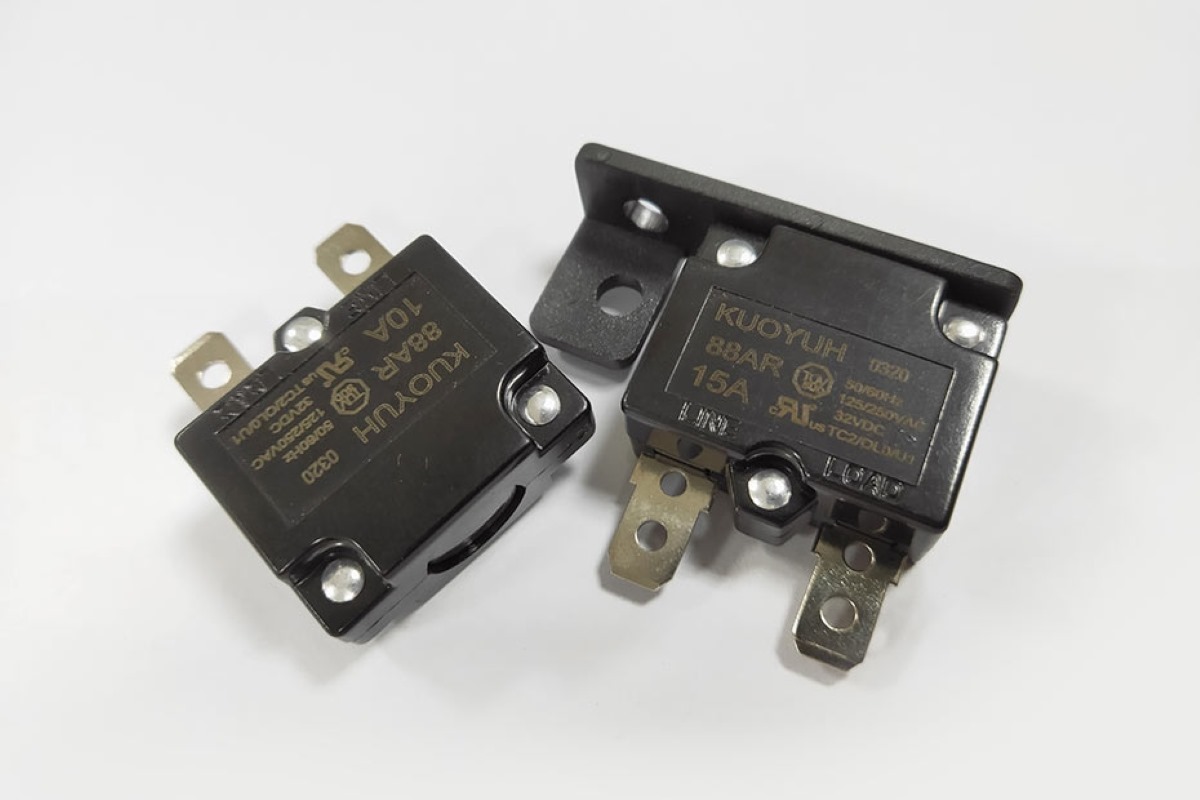
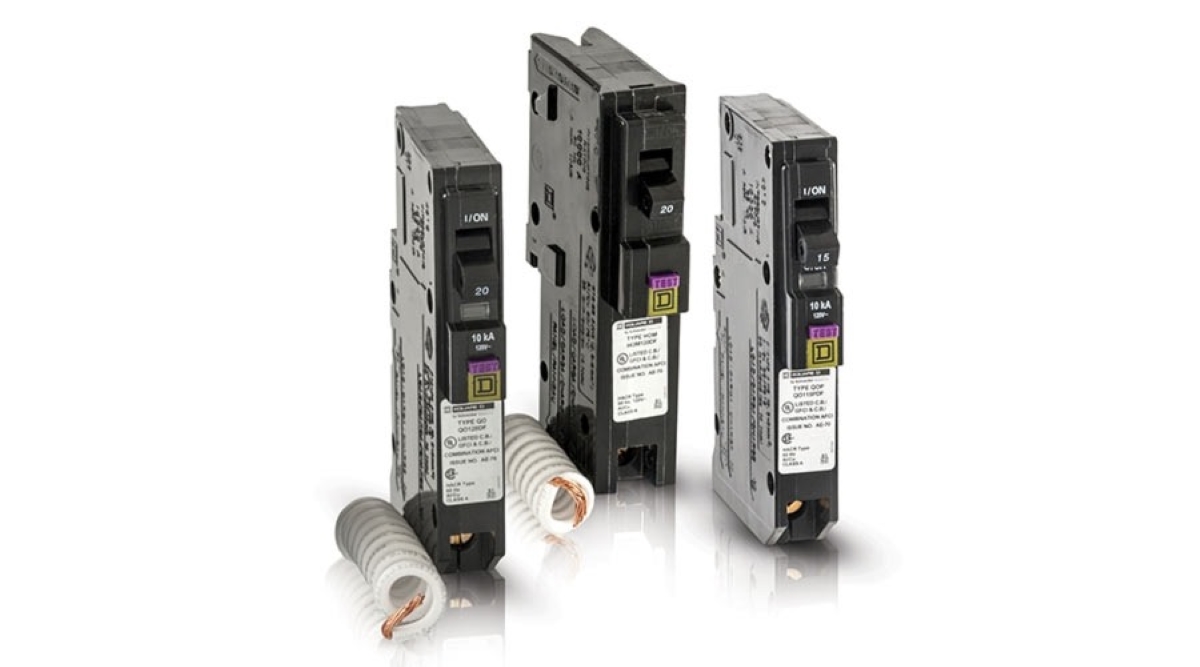
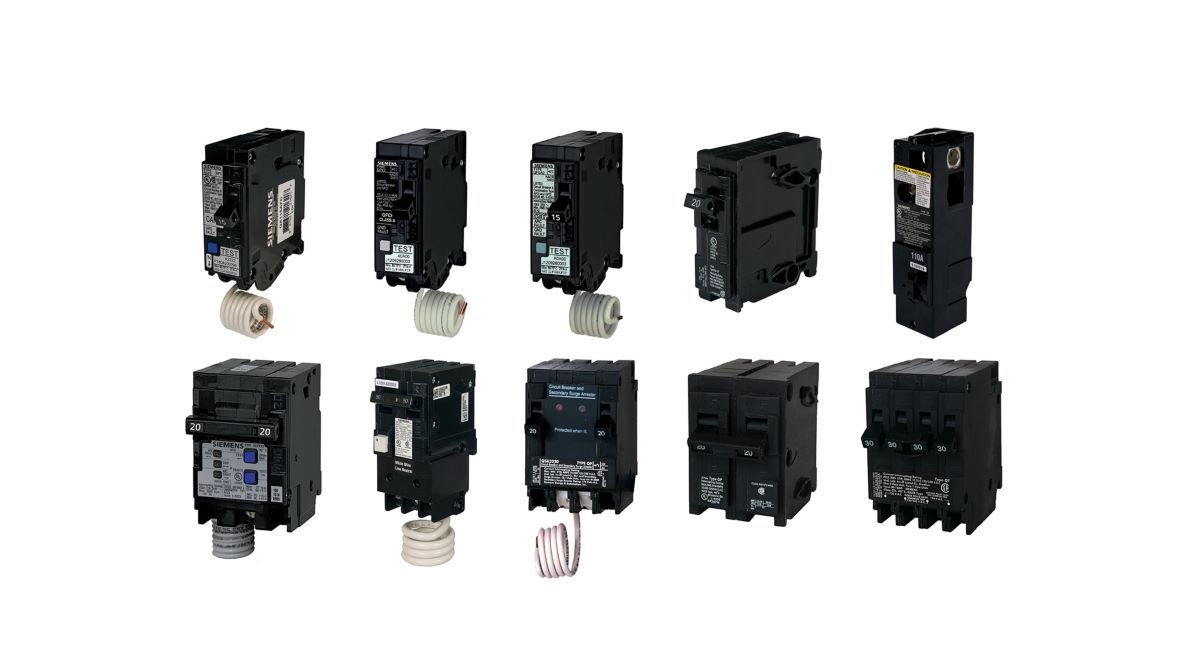
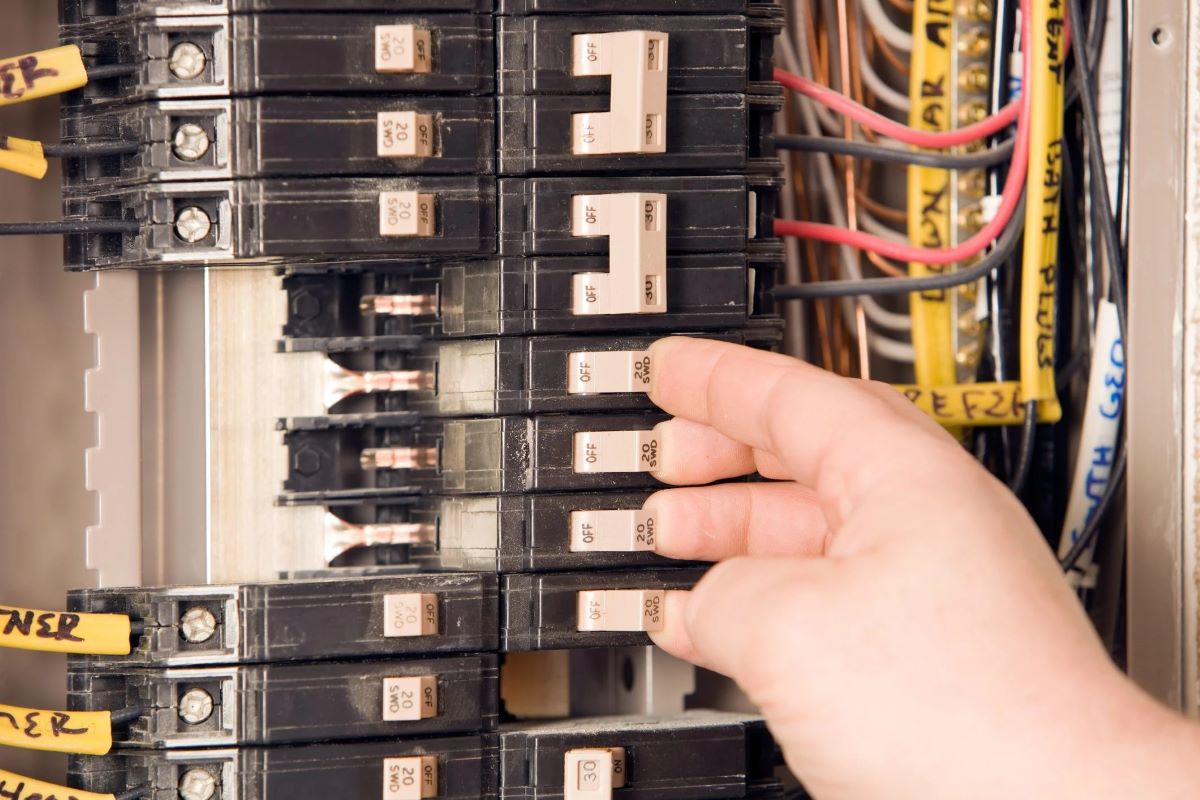
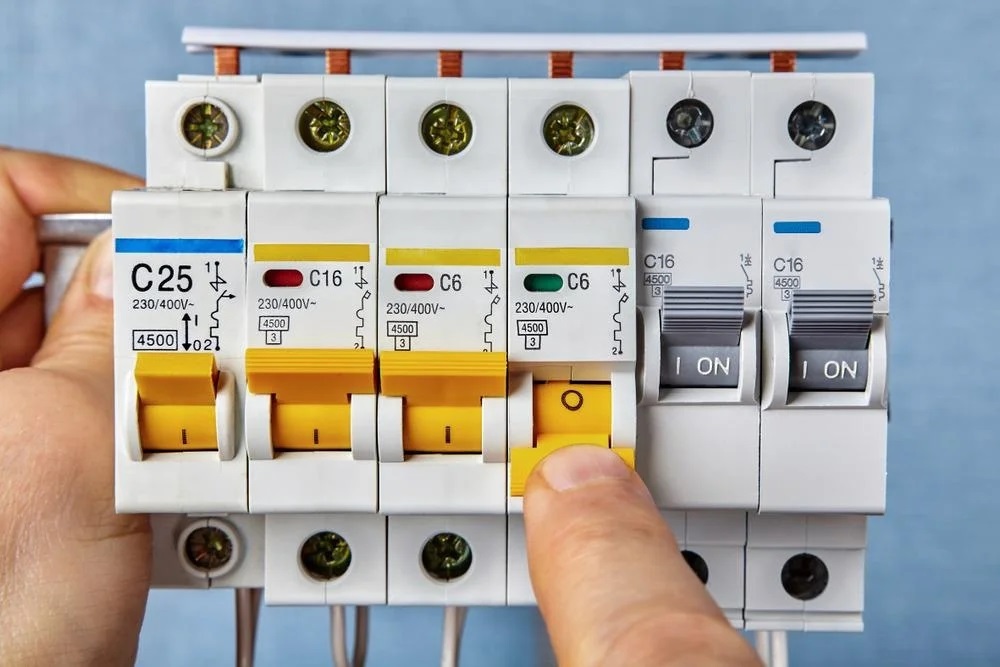
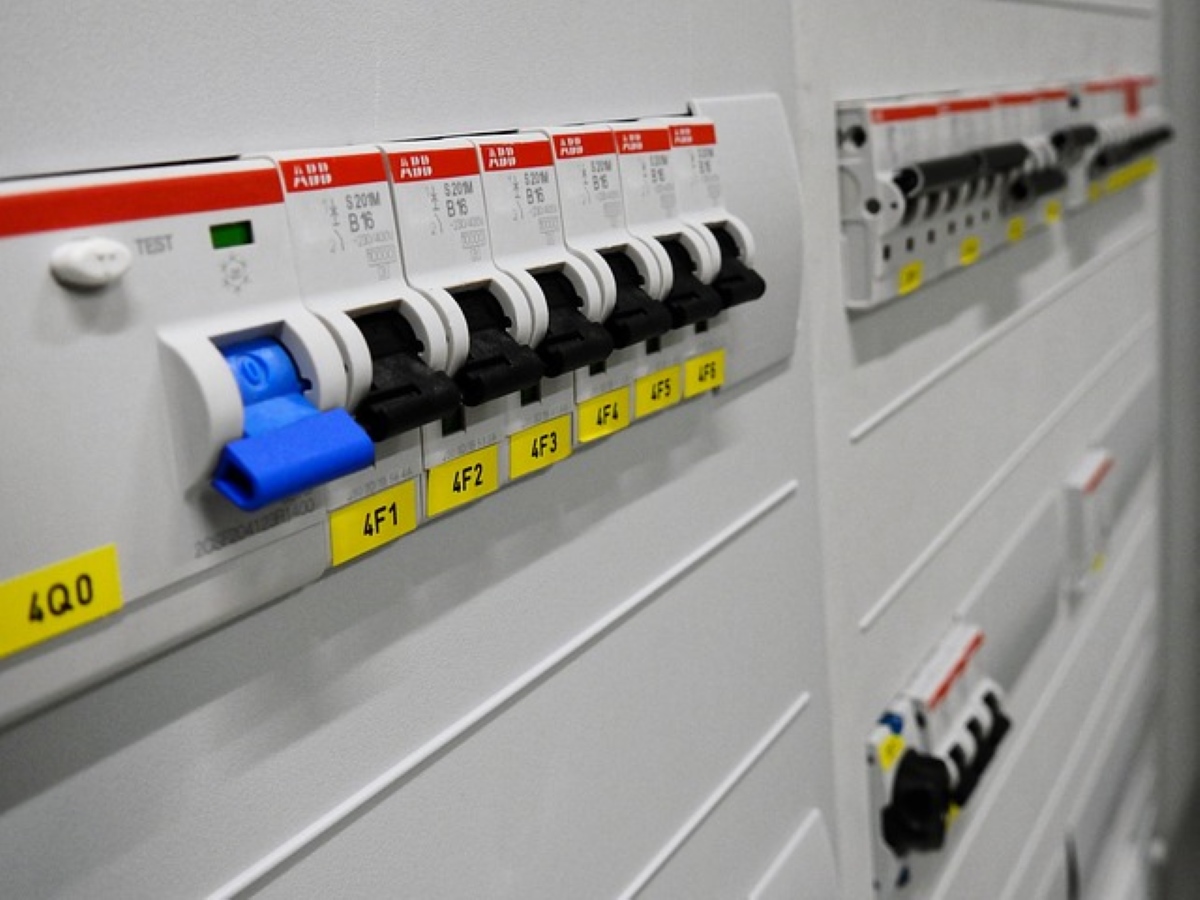
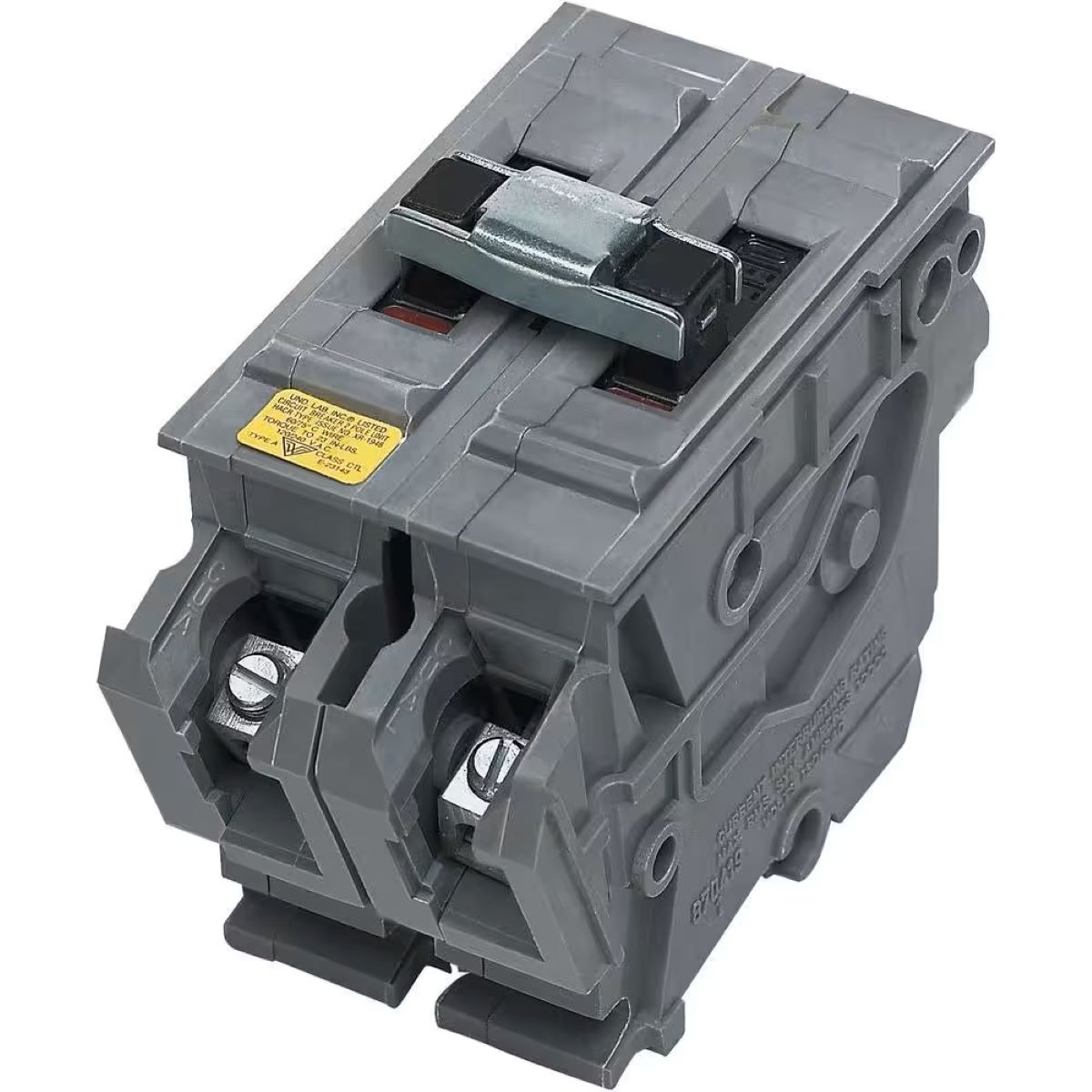
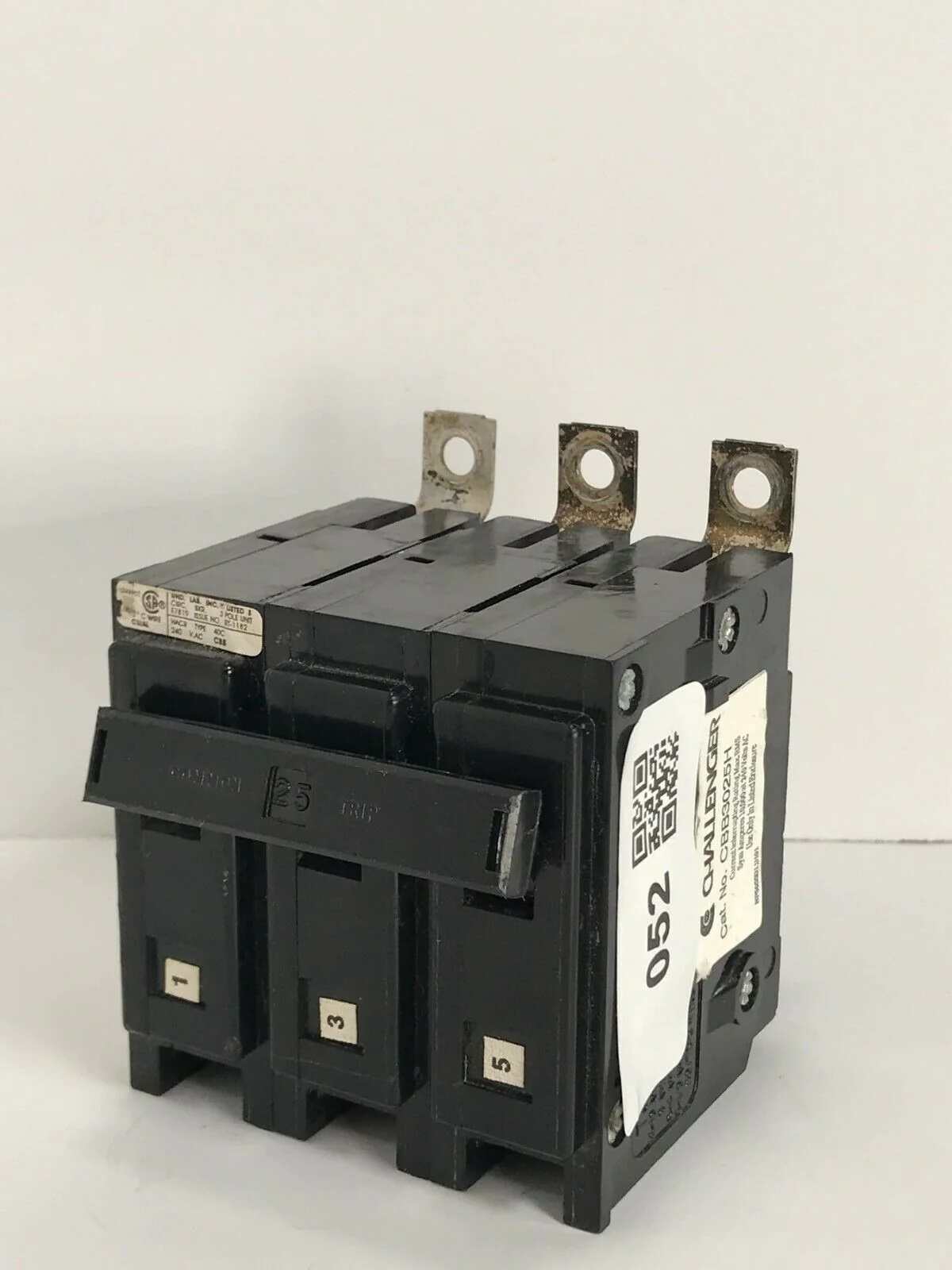
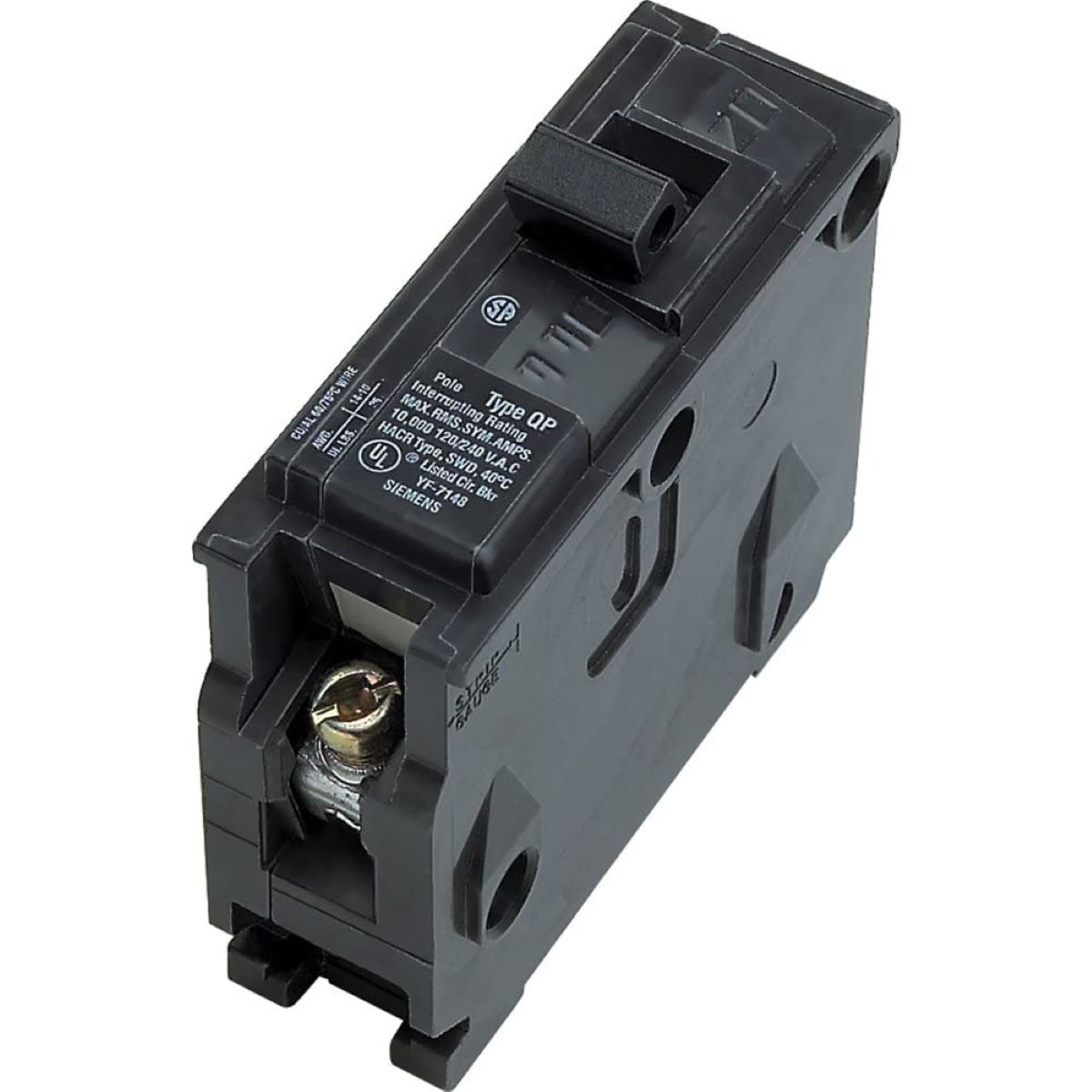
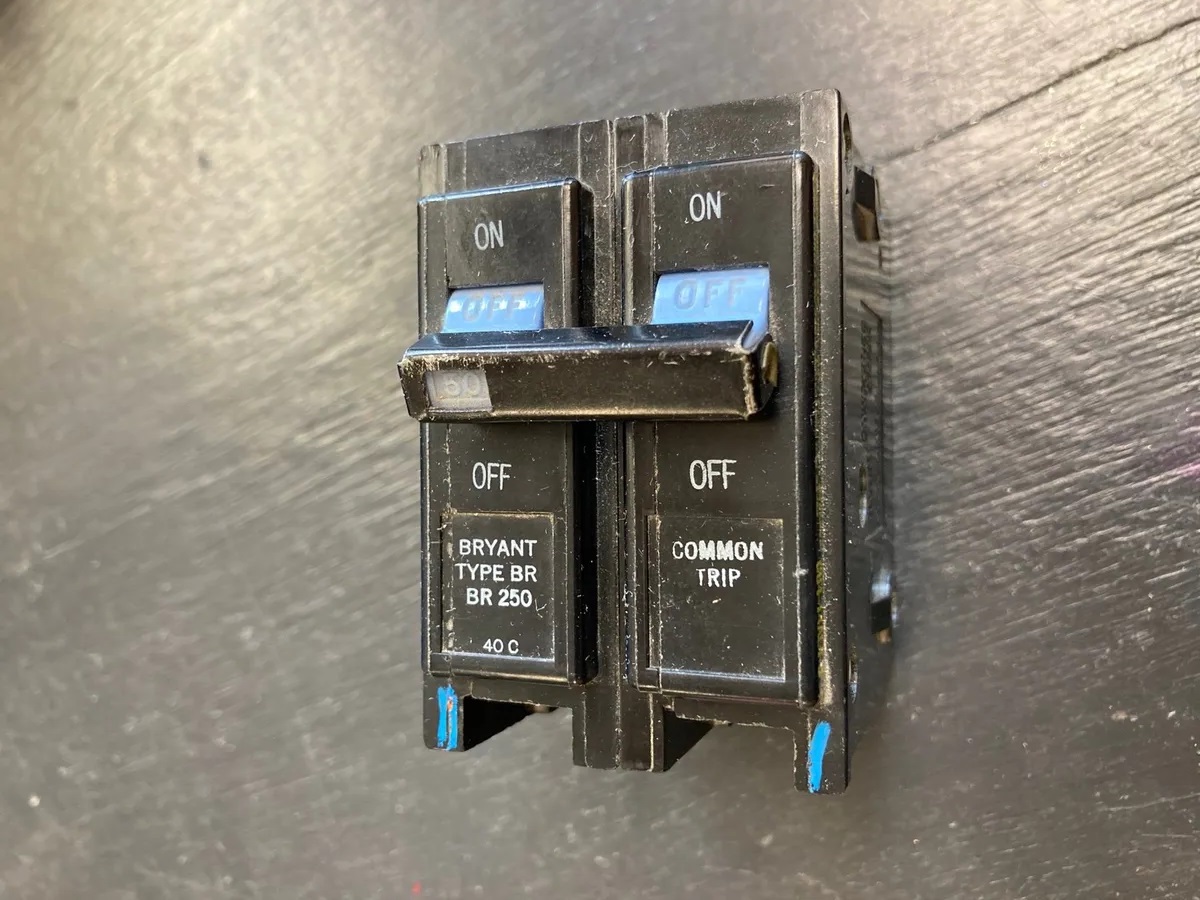
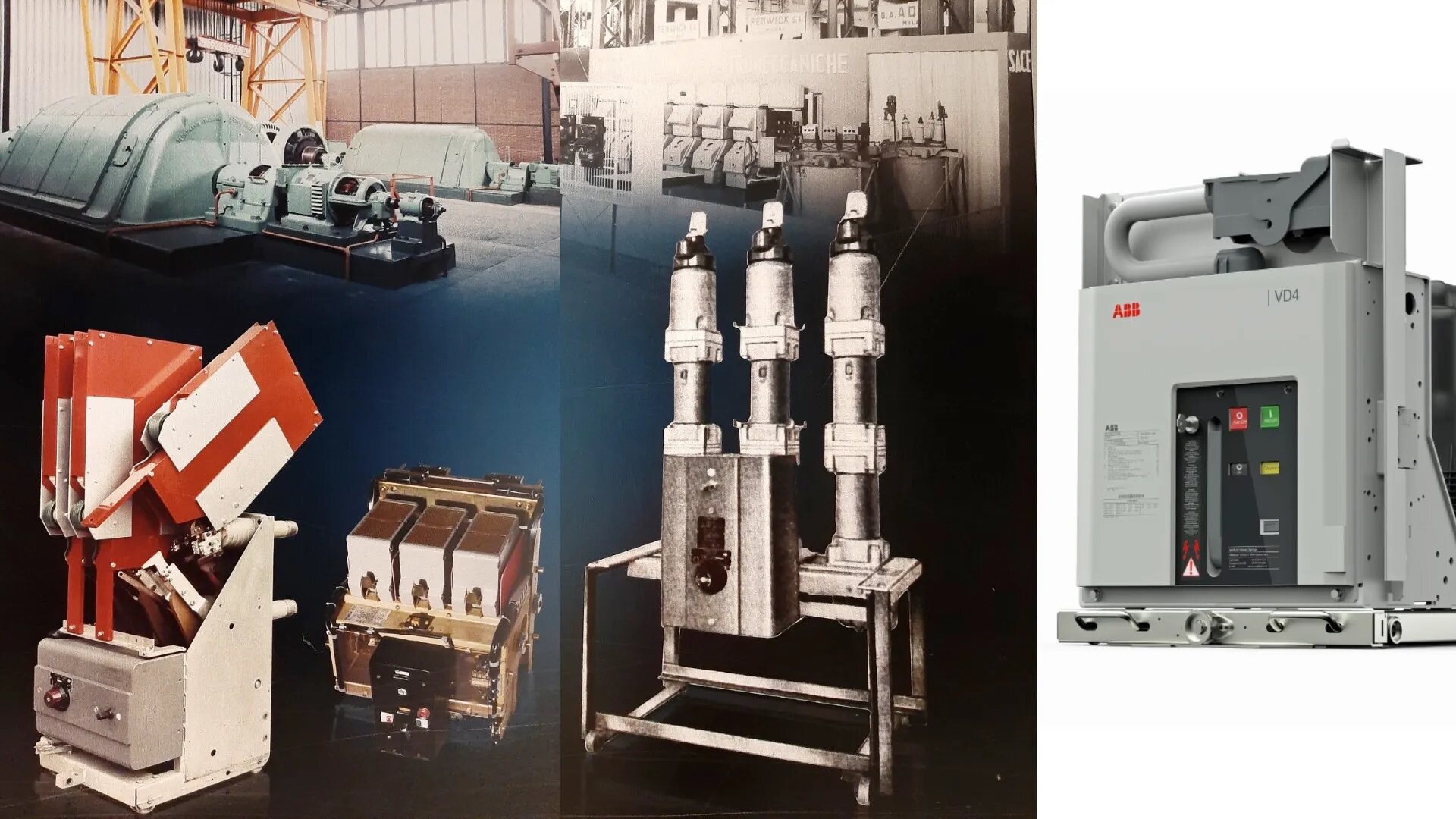
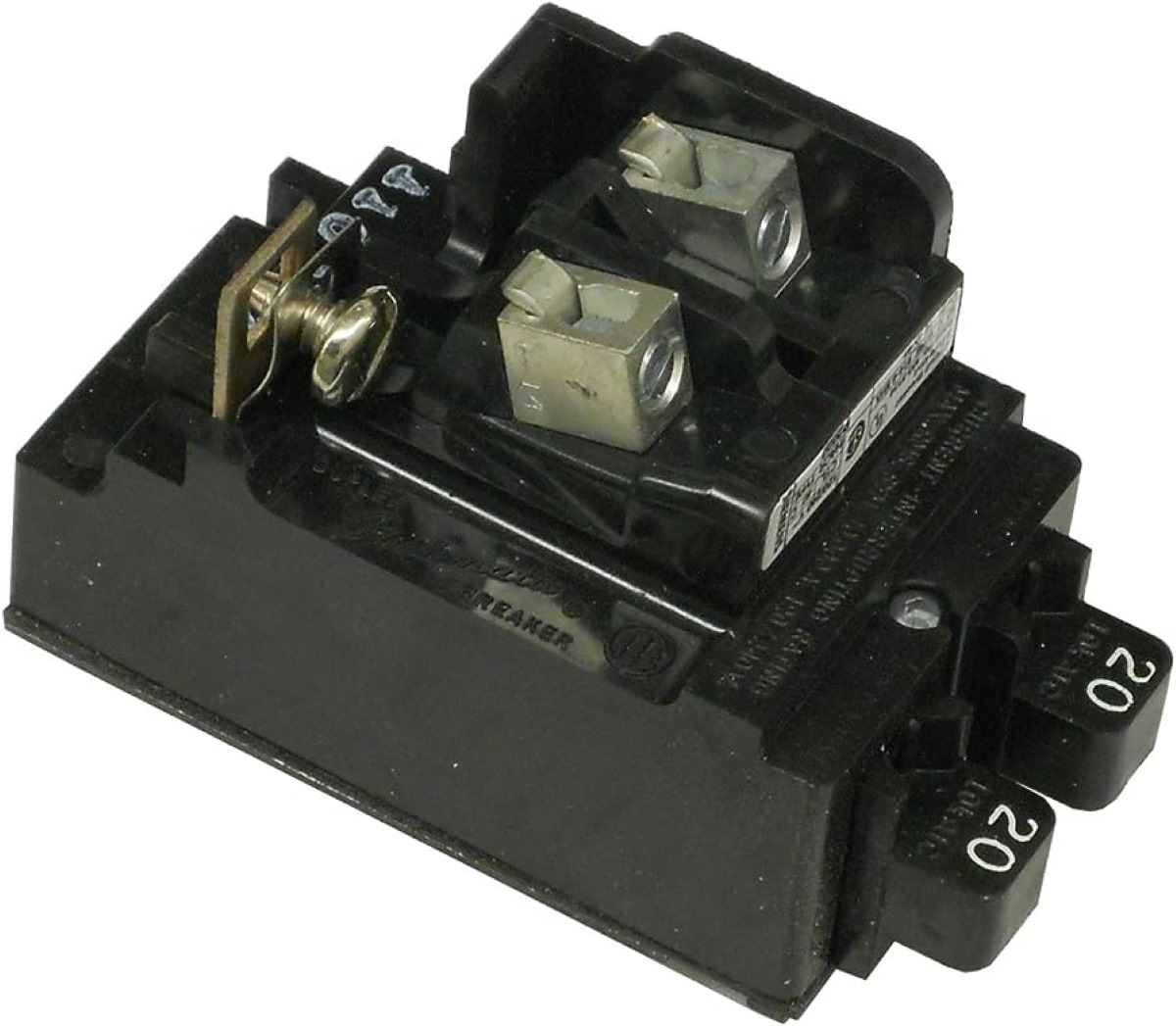
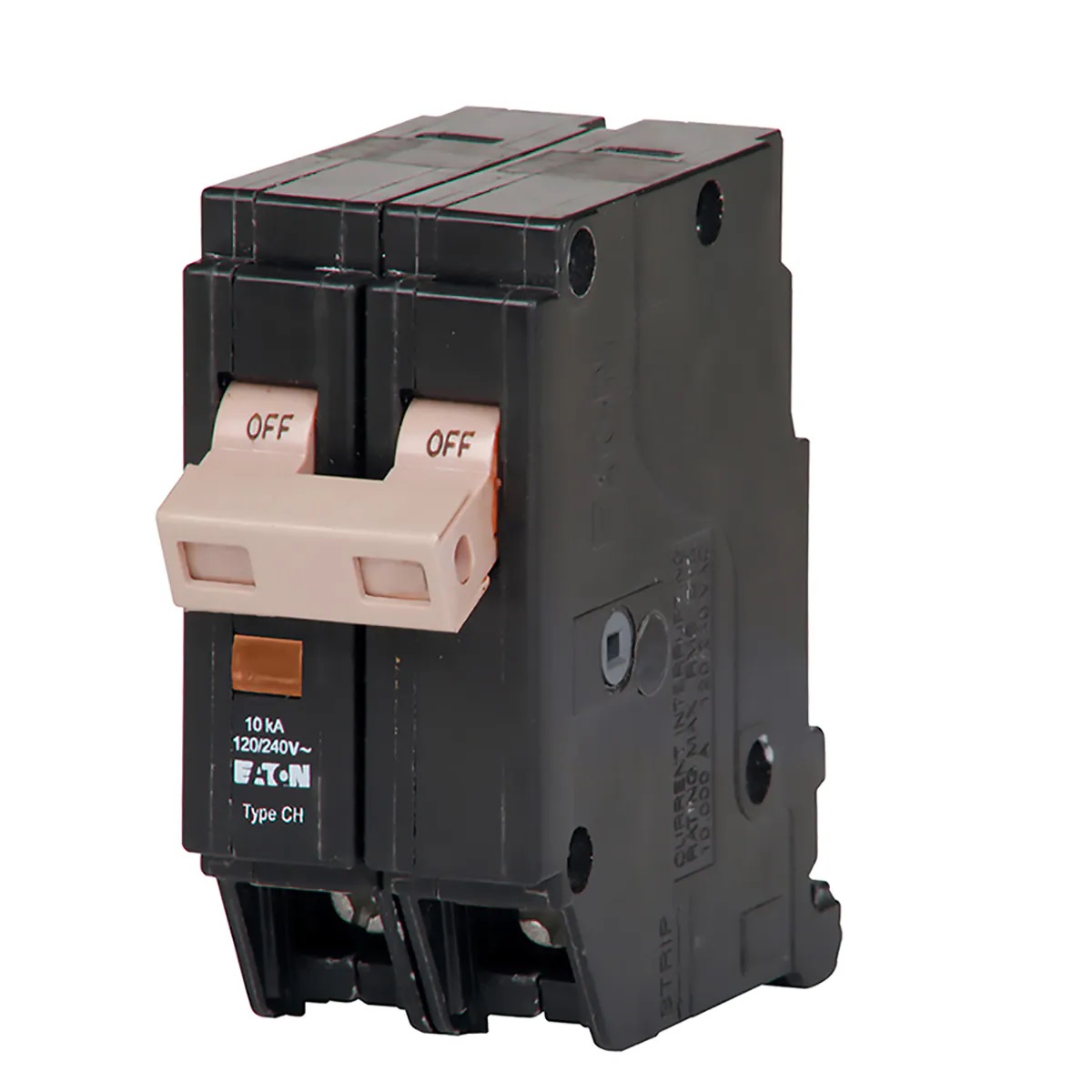

0 thoughts on “What Type Of Circuits Are GFCI Breakers Typically Used For”